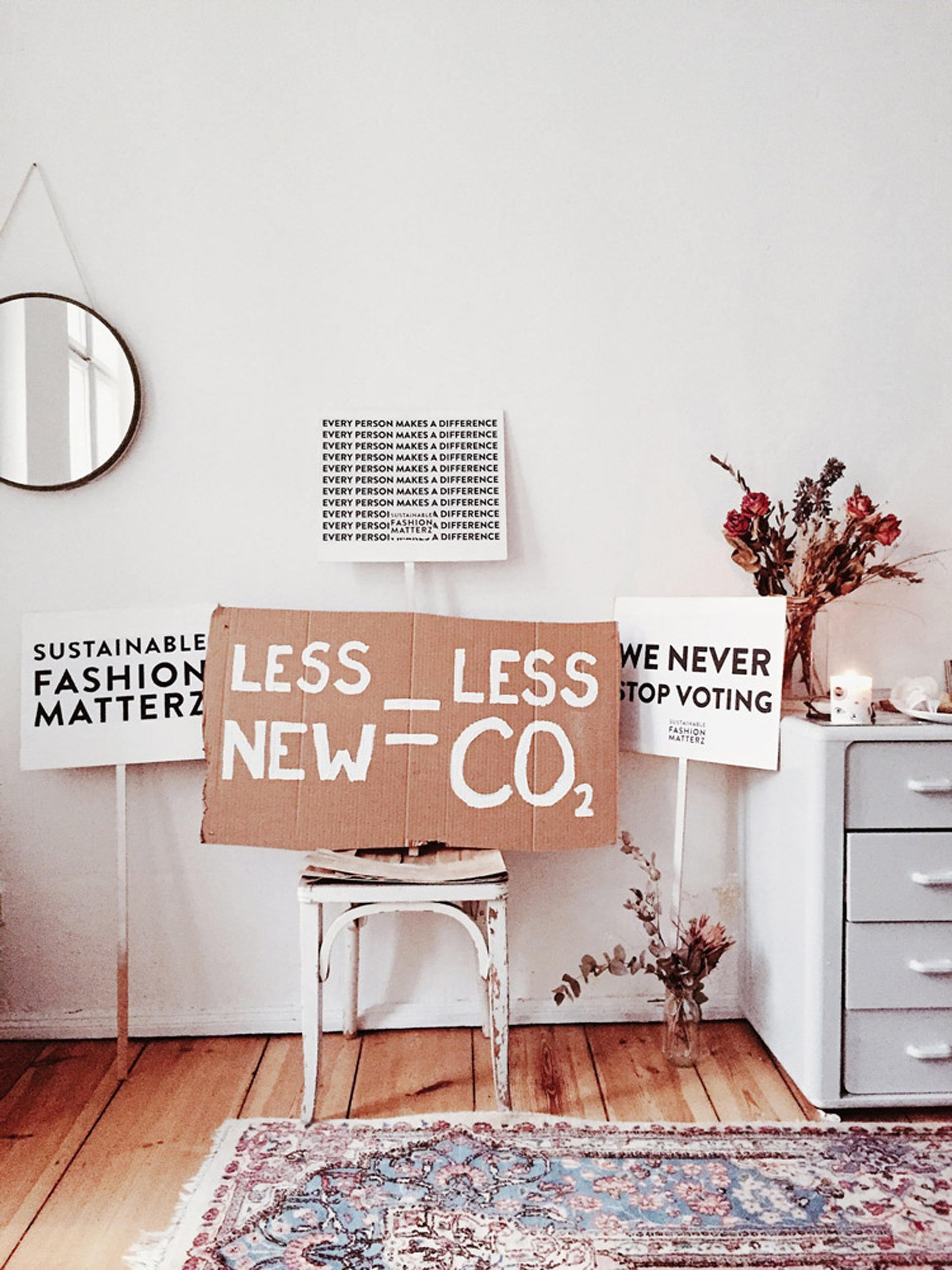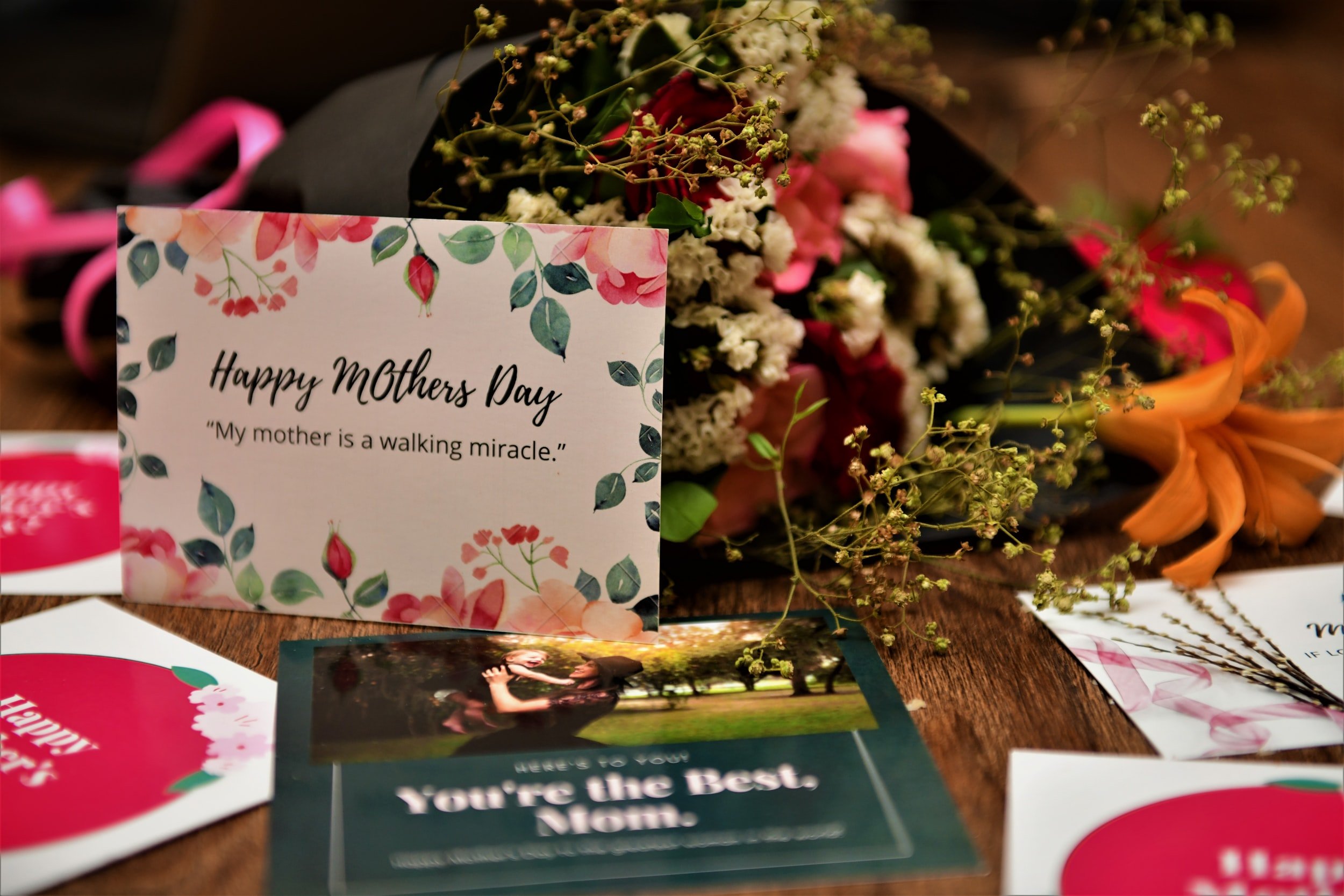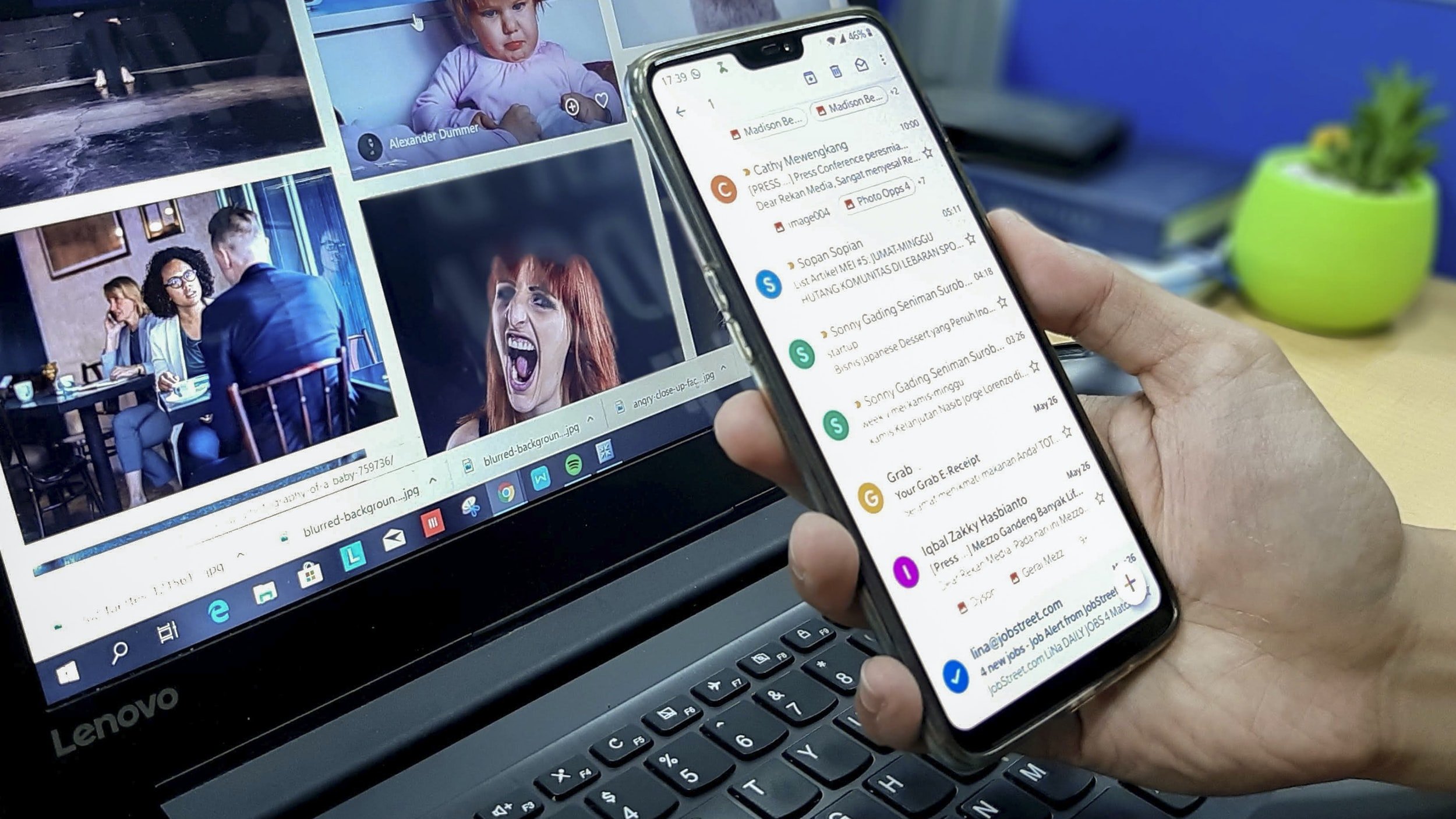Time Blocking for a Sparkling Home: One Monthly Mission at a Time
/Do you ever find yourself gazing longingly at those immaculate, clutter-free homes on Instagram, wondering how on earth people maintain such cleanliness and order? Well, the secret isn't just magic; it's the art of time blocking. Imagine breaking down your cleaning tasks into bite-sized, manageable chunks, tackling one major mission per month. It's like a cleaning challenge, but without the overwhelm! So, grab your cleaning supplies, put on your superhero shirt, and let's dive into why time blocking for cleaning is your ticket to a sparkling home.
Fridge Fandango
Bid farewell to those forgotten, fuzzy leftovers and mystery condiments. Scrub those shelves and drawers till they gleam. Your fridge will thank you with fresher, longer-lasting groceries, and you'll thank yourself for a cleaner, more organized kitchen. Don’t forget to clean the outside of the fridge and recycle all the kid’s art, reminders and coupons that are probably hung up on a magnet. This is my go-to cleaner for stainless-steel.
Window Wonders
Time block a weekend to tackle those windows. Start with a warm, soapy water cleanse, followed by a vinegar-based solution to banish streaks. You'll be amazed at how much brighter your home feels, and you'll have a newfound appreciation for the world outside.
Pantry Party
Donate non-perishables you won't use, and toss expired items. Invest in clear containers for better visibility, and arrange your pantry like a grocery store shelf. Your culinary adventures will be more delightful when everything's easy to find.
Related: Conquering the Chaos: 10 Bathroom Organizing Products You’ll Totally Love
Closet Crusade
Bid adieu to old, ill-fitting clothes and accessories. Donate or sell items in good condition. You'll be left with a curated wardrobe full of pieces you love and actually wear. My extra tip to stay organized; use the “one in-one-out” rule; For every item you buy, get rid of one. That way your closet space never feels too overwhelming.
Basement Blitz
Time blocking for basement cleaning will help you reclaim this space for practical use or hobbies. Say goodbye to forgotten clutter or have a garage sale if you have many large items that can be sold. I recommend storage shelving for vertical storage and clear bins.
Fantastic Floors
Sweep, mop, and, if necessary, wax or polish. Pay attention to corners, baseboards, and edges where dirt tends to accumulate. Avoid using excessive water, especially on hardwood floors, as it can cause damage. For stubborn spots or stains, use a microfiber cloth or mop with a bit of extra cleaner. Be gentle on delicate floor surfaces. If your floors have grout, use a grout brush to scrub the lines between tiles. Remember that the frequency of floor cleaning can vary depending on factors like household traffic and the type of flooring you have.
Related: Use this, not that for organizing your home
Copyright © 2022 by Tidy Closet, Professional Organizer and Virtual Assistant in San Diego and surrounding areas.




























